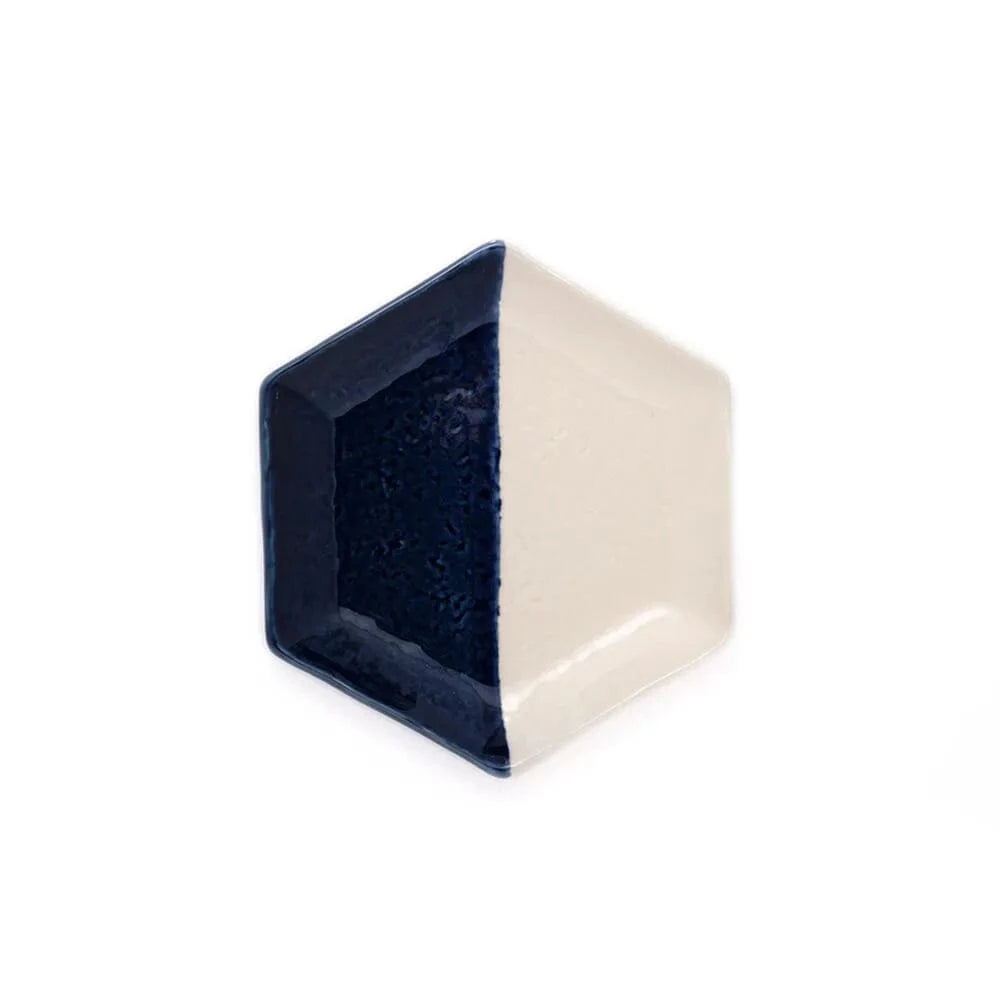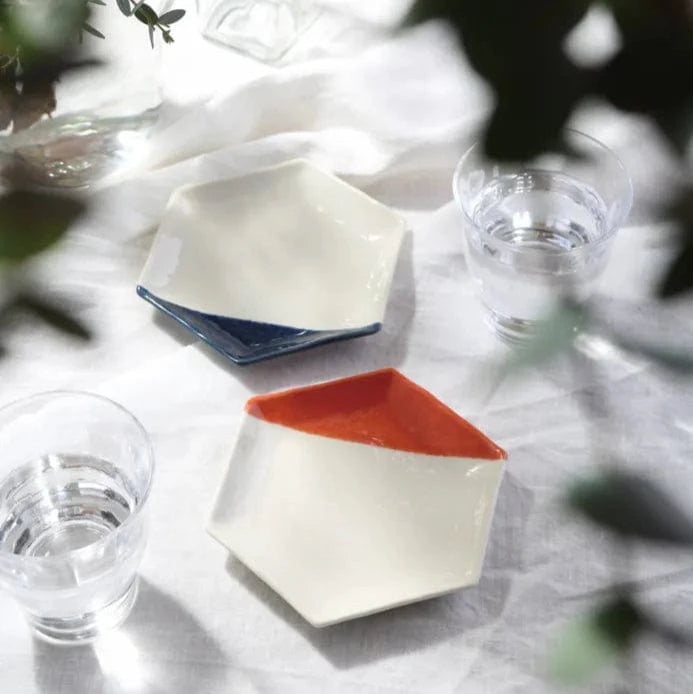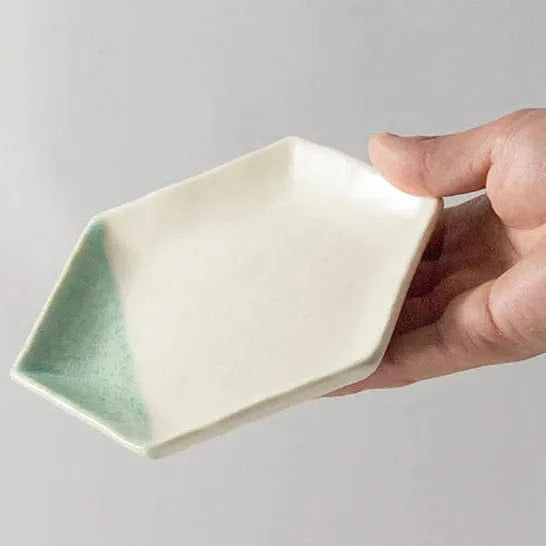


Setoware Saucer – Ruri
Fast & Secure Delivery from Japan to your Door [Shipping Policy]
Shop Safely with Encrypted Checkout and Verified Gateways.
Pairs well with

Setoware Saucer – Ruri
Deep Blue Depth for Refined Settings
With its rich indigo glaze, the Ruri saucer pays homage to traditional Japanese cobalt coloring.
Part of the M.M.D. True Colors Line, it’s crafted in Seto from durable semi-porcelain and finished with care using the multiplication technique. Its hexagonal shape promotes creative use—solo or in multiples.
Oven, microwave, and dishwasher safe. Unique variations due to artisanal glazing. Allow 7–10 days for shipping.
Product Information
Care instructions
Note
FAQs
All you need to know about the Seto Ware Style.
What is Seto ware and why is it important in Japanese pottery?
Seto ware refers to ceramics made in Seto City, Aichi Prefecture—one of Japan’s oldest and most respected pottery centers. With over 1,300 years of continuous production, Seto is one of the Six Ancient Kilns of Japan and is credited with introducing glazes to Japanese pottery. Its influence is so profound that "Setomono" has become a general term for ceramics in Japan.
What materials are used in Seto ware?
Seto ware is typically made from fine-grained, semi-porcelain clay sourced from the region. This clay is fired at high temperatures, resulting in a dense, durable material that retains heat well and resists cracking—ideal for daily tableware that is microwave, oven, and dishwasher safe.
What distinguishes Seto ware from other Japanese ceramics?
Unlike some pottery traditions that favor rustic or unglazed surfaces, Seto ware is known for its wide variety of glazes—from celadon and ash glaze to bright modern colors. It balances traditional craftsmanship with adaptability, making it one of Japan’s most diverse ceramic styles in both form and function.
Are Seto ware products handmade?
Yes, most Seto ware—especially from artisan brands like M.M.D.—is handcrafted in small workshops. Each piece may show slight variations in glaze, shape, or texture, reflecting the individuality and skill of the potter. These differences are considered marks of authenticity and value.
Is Seto ware suitable for modern use?
Absolutely. Seto ware is prized not only for its heritage but also for its practicality. Thanks to high-temperature firing and modern glaze technologies, it is well suited for contemporary kitchens. Its durability, clean design, and versatility make it ideal for everyday meals as well as special occasions.

